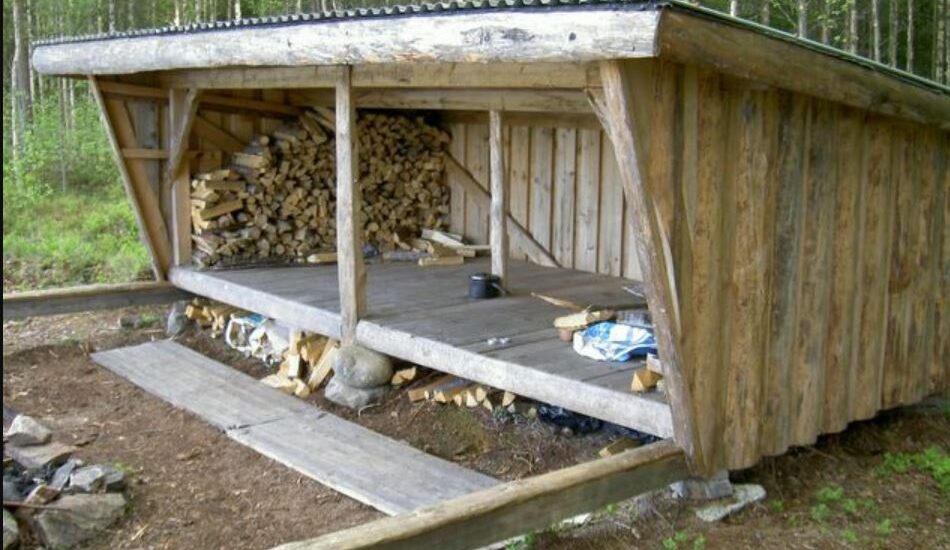I recently learned two new words: vindskydd and raststugor. Both are Swedish words for a type of backcountry shelter. A vindskydd is a three-walled, roofed lean-to style structure, while a raststugor is a fully enclosed hut. A vindskydd can either be floored or bare earth, the former suitable for sleeping the later being simply a temporary or emergency shelter. Raststugor can be anything from bare bones to fireplace and bunkbed deluxe.
Sweden contains hundreds of vindskydd and raststugors all on trails and paths and all free to use by the public. This seems like a sweet setup, especially when considering bikepacking.
When it comes to multiday backcountry bike trips here in the US there exist basically two shelter options: tent or bivy bag (of course some hardy folks simply crawl under a bush with a space blanket – a method this might work for one night out but is off the table if you plan to be outside for multiple nights). As a mountaineer I’ve spent dozens of mostly sleepless nights huddled in a bivy bag. Unless you are totally immune to claustrophobia a bivy bag only works if you can keep your head exposed, in other words using a bivy bag in the rain can cause a serious midnight panic attack.
Because I live and cycle in the Pacific Northwest where it’s known to rain on occasion I’ve fairly well ruled out using a bivy bag as a bikepacking shelter. This means carrying a tent. Even the lightest and most compact tents are nearly twice as heavy and twice the packed size of a bivy bag. What shelters such as vindskydd and raststugor would do is bring the bivy bag back into the equation. If you knew that you could sleep in one of these covered shelters, even if it was floorless, you could comfortably opt for a bivy bag over a tent.
The not to be overlooked disadvantage of these types of shelters is rodents. Campers tend to spill food and sooner rather than later mice and other critters will figure out where to find a steady supply of tasty morsels. On more occasions than I want to remember I’ve been woken up on some bivy ledge in the Cascades by a mouse running over my face. It isn’t pleasant.
Recognizing the potential rodent problem and the importance of keeping the campsite clean, placing a rudimentary shelter every fifteen or twenty miles along a biking/hiking route would provide a specified location to throw down for the night. When I rode a circumnavigation of the Olympic Peninsula this past summer my buddies and I had limited legitimate camping opportunities. Our only options were private or public campgrounds – many of which were filled up months in advance. I suppose we could have gone rustic, but I’ve done more than my share of dubious city park and wide spot in the trail camping; at my age I want legit.
My ultimate dream is a series of manned huts – similar to those in the Alps – that would allow gravel and off pavement bike tourists the opportunity to make multiday trips without the weight and expense of camping gear. Such a dream is a long way off, but in the meantime a network of inexpensive easy to build/repair backcountry shelters is a good place to start.
